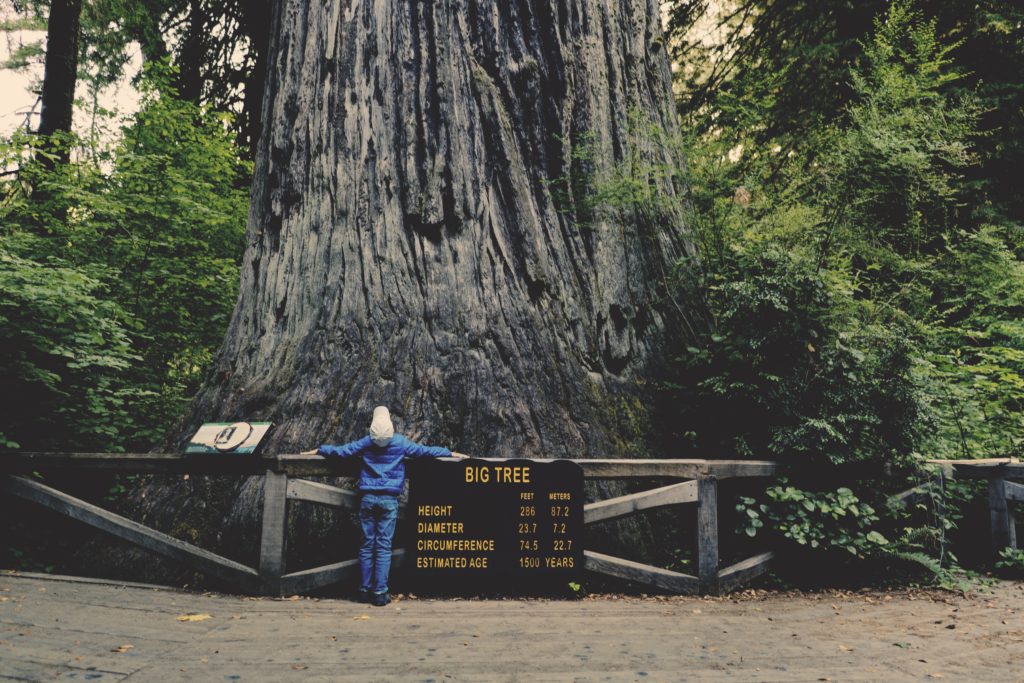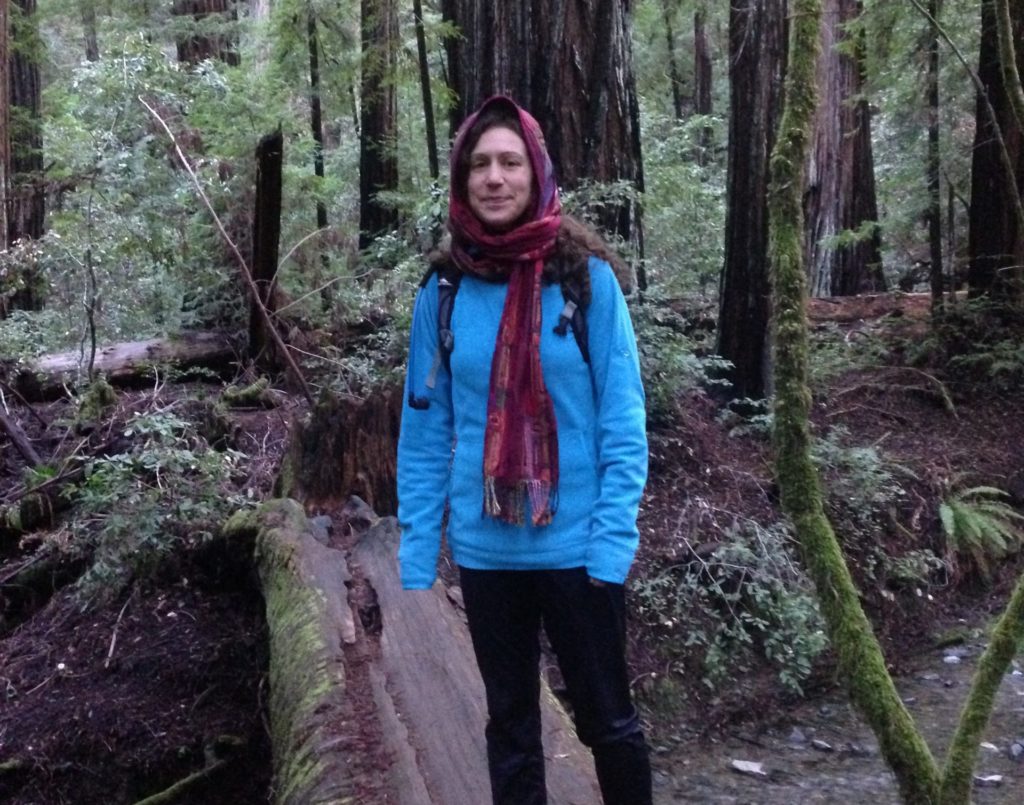Book review: Looking for life in all the wrong places
Early on in Richard Powers’ epic novel “The Overstory” a small circle of trees—American Chestnut—springs up in rural Iowa. Planted by seeds carried by a Norwegian immigrant from Brooklyn to the Great Plains, the saplings meet various fates. One dies of winter cold, another after a child thoughtlessly stripped it of leaves. And so on.
But one chestnut grows to maturity, even evading a fungal blight that nearly wipes the species out in North America.
Switch to the humans: in a move of unthinking brilliance, three generations of the Norwegian immigrants’ offspring photograph the tree once a month for years, creating a black and white flip book. Within seconds, you can see more than a hundred years of a tree’s lifetime as the branches reach for the sky.
It’s a handy token to take with you as a reader through the rest of this sprawling book, a key to help make sense of several convergent character arcs.
Like the chestnut saplings, the characters start young and small. They spring up; some are cut down, some survive. They’re all connected.
Nick Hoel, descendant of the Norwegian farmer who planted the chestnut, learns from his ancestral flip book about both nature and art. Mimi Ma inherits a jade ring and a Chinese scroll, a sense of humor and a mysterious grief from her engineer father.
Adam Appich studies ants as a child and people when he grows to be a psychologist fascinated by choice. Doug Pavlicek, orphan and Vietnam vet, plants trees for a living until he realizes the futility.
An inherited love of coding plus a terrible childhood accident turn Neelay Mehta into a powerful builder of online worlds. Patty Westerford, already set apart because of a speech impediment, is further ostracized by her insistence, as a young researcher, that trees can talk.
And there’s Olivia, aka Maidenhair, who knows trees can talk. After a freak accident in her decrepit college apartment, they speak to her in English—and they’re asking for help.
These lives grow into a shape for the book. Some touch tangentially. Others graft together so tightly death doesn’t stop the flow of communication.
The high point of “The Overstory” is the year when Nick and Olivia live more than 200 feet up in a coastal redwood named Mimas for a year, protesting the destruction of such trees. They have a three-level platform, a kitchen, and a tent. They read books up there. They fall in love. The episode shows what both humans and trees stretched to their limits can do.

The episode up in Mimas is the 350-foot exclamation point on the book’s core idea: Trees are not just here for us humans to look at, sit under, eat from, chop down, or clear away. They and we are intricately connected, both part of a system that, in these last few milliseconds of the day of the life of this planet, is falling apart.
Powers turns to the metaphorical Tree of Life to make his bigger point.
At the core of “The Overstory” is a translation problem; the trees are speaking, but we humans are not listening anymore.
Humans have long speculated: If aliens from another world connected with us, would we understand? But Powers points us to the fact that aliens are growing in our back yards, along our downtown streets, in our underappreciated nature preserves. Can we even identify them, let alone understand them?
Several points in “The Overstory” reminded me of modern astronomy, particularly the search for life on other planets. Why are we (or some of us—including many at the university I work for) working so hard and spending so much money searching for this precious, elusive thing among planets orbiting the 200 billion stars while destroying it on our own?
“The Overstory” asserts that life in human form has hit an impasse. Powers’ way out from this dilemma is to hopefully speculate that the next evolutionary explosion is online. The shape and information spread, like a literal branching tree or the metaphorical Tree of Life, is familiar. And this new explosion of artificial intelligence will translate what the trees are saying into a language we wired up humans can understand—and listen to.
As a particularly physical human, I am suspicious of any ending that leaves us online. I don’t disbelieve that this is where the future is headed, but I resist. If anything, “The Overstory” pointed me to my own backyard for a source of hope.

An easy takeaway from “The Overstory” (for it demands a response and begs for the reader to take action) is to listen. Watch. Use the senses. Pay attention. Be more of a physical being.
This week, I planted a bird feeder in my yard. It hangs where I can see it from the desk where I work. Chickadees, nuthatches, cardinals, titmice, two species of woodpecker and more: the abundance of birds create a beautiful contrast to my 100 percent online job. A break for my brain. It’s probably good for my eyes, too.
I used to dismiss backyard bird feeders as an amusement, along with gardening and knowledge of trees, for old ladies. Let them don gardening gloves and titter about juncos, I thought, while I do more urgent things—online.
Reading “The Overstory” plus the timely establishment of Kate’s Birdfeeder Café gently reminded me to not mock myself for noticing and loving the minutia of the living world. It’s in the minutia that real life begins.